Torre de David is a towering symbol of capitalism gone wrong. Dominating the skyline of the Venezuelan capital Caracas, the 45-storey skyscraper was a project which began in times of plenty as a result of the country’s rapid economic development. It should have been a sign of things to come, and in a way it has been, but for all the wrong reasons. Construction began in 1990, but midway through the build the economic bubble burst, and Venezuela had itself a full-blown “banking crisis”. The money to finish the Centro Financiero Confinanzas, as it is officially known, disappeared. But that was only the beginning of the tower’s troubles.
Colloquially named after the project’s principal investor David Brillembourg, whose death in 1993 precipitated the scheme’s collapse, the Tower of David has become a festering wound at the heart of Venezuela. It was taken over by the government and remained vacant for many years, but a housing shortage in 2007 drove squatters, led by a religious gangster named El Niño Daza, to seek shelter in what had become a crumbling ruin. For nearly 15 years the place had been left to rot; the half-finished shell had deteriorated and there had never been water and electricity. Windows, doors, balcony railings, and even walls, are missing. Residents used motorbikes to ride up the lower floors of the tower in the absence of elevators, but from floors 10 to 28 – the highest occupied level – it was stairs all the way.
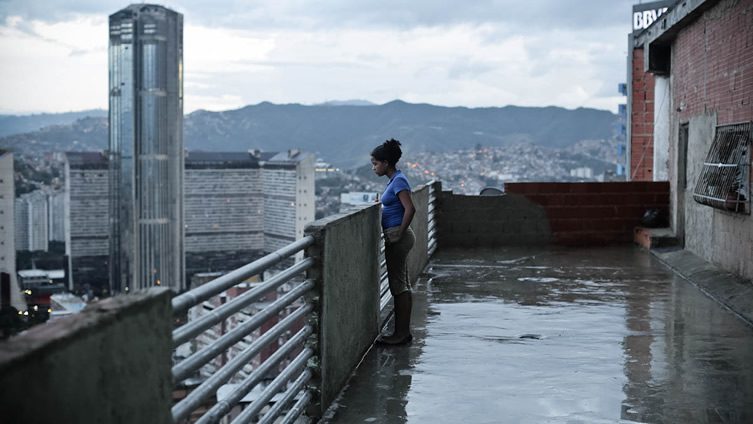
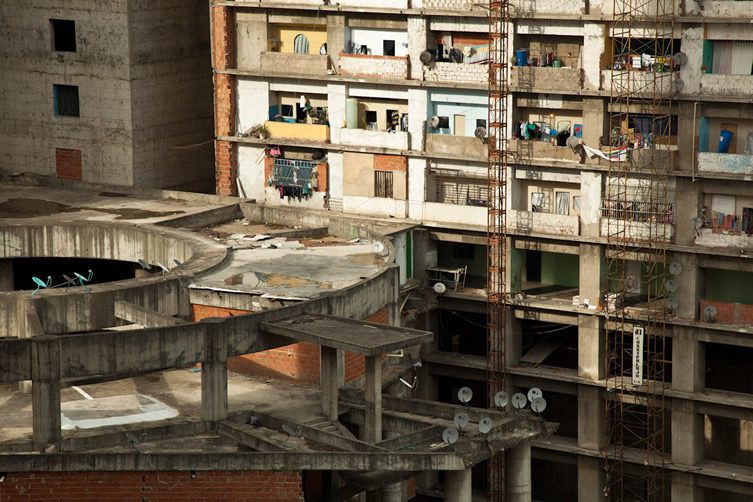
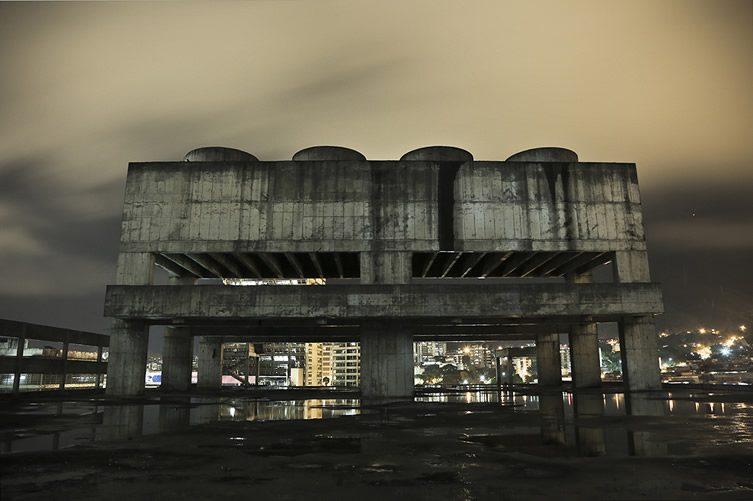
A community of sorts formed – as these stirring images from documentary photographer Ramon Campos Iriarte show – but the Tower of David’s recent depiction in US television series Homeland as a lawless compound run by criminal gangs sadly didn’t need much creative licence from the show’s writers. Although residents have claimed that a functioning (and even pleasant) commune evolved contrary to its reputation, police raids were commonplace. “The world’s tallest slum”, previously a local problem, had become a national embarrassment.
The government resolved to act. As part of the late president Hugo Chavez’s ongoing Great Housing Mission, the eviction of nearly 3,000 residents began in July this year. Operation Zamora intends to relocate the displaced to Cúa, a small city south of Caracas, but if the people’s prospects look to have improved, it’s not certain what fate awaits the tower itself. Rumours fly this way and that on the building’s future. There is talk of the tower being snapped up by Chinese banks and completed to fulfil its original purpose. The government has other options, the most obvious being demolition. Another is to finish the building work and turn it into much-needed housing. The larger complex is comprised of the main tower, a second smaller one, and four other buildings, which have led some to suggest a commercial development is a viable option.
As of yet nothing has been decided, with current president Nicolás Maduro pledging to open a debate to decide what happens to the Tower of David. One thing is certain though: the people of Caracas won’t be sorry to see the end of arguably the country’s most glaring failure.
***
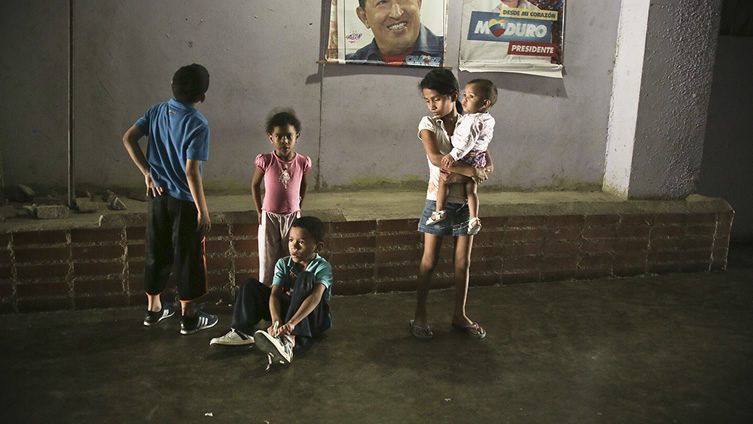
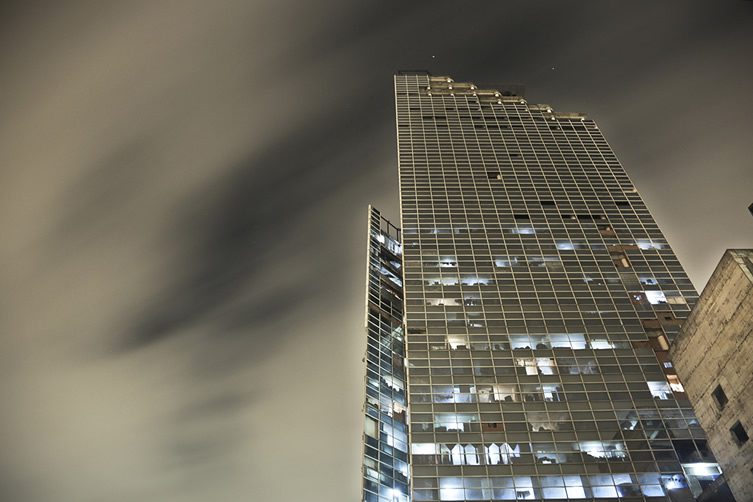
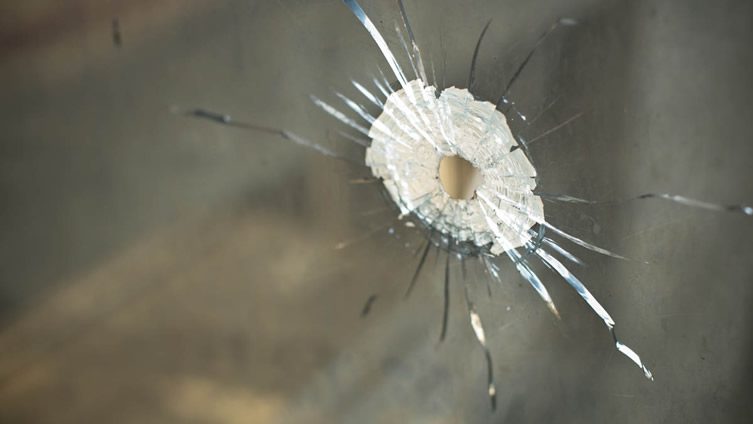
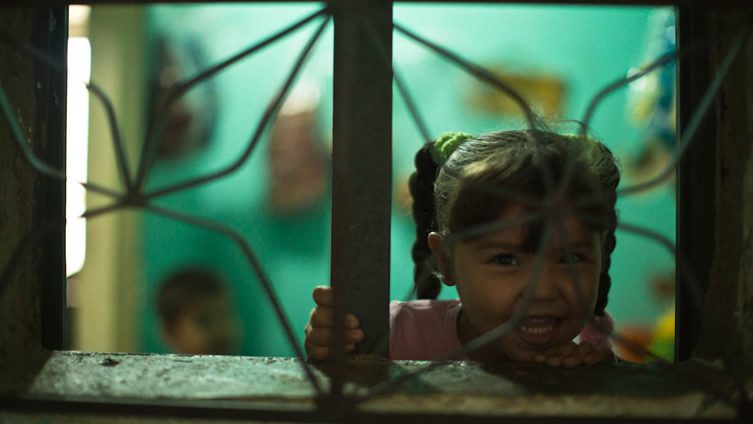
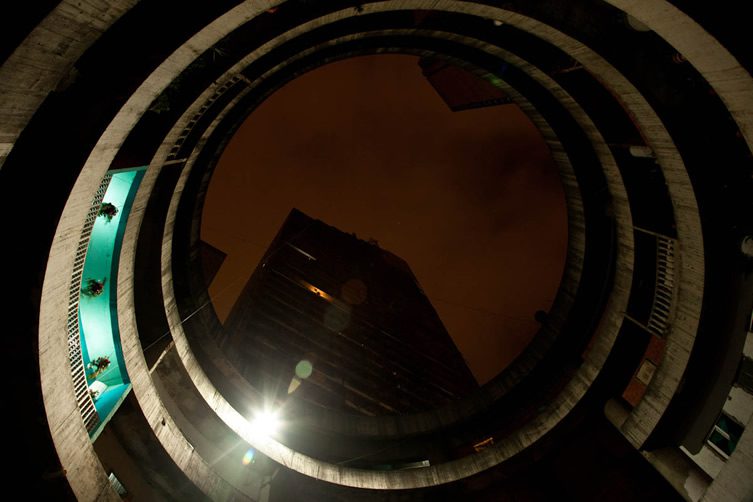
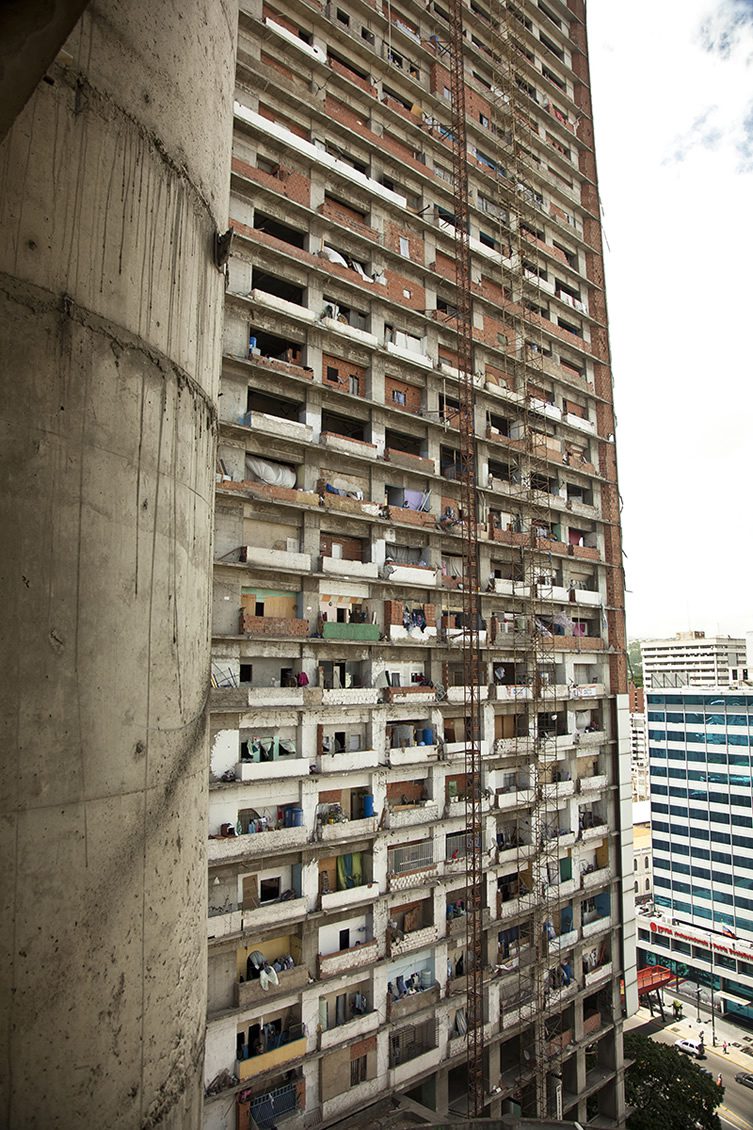
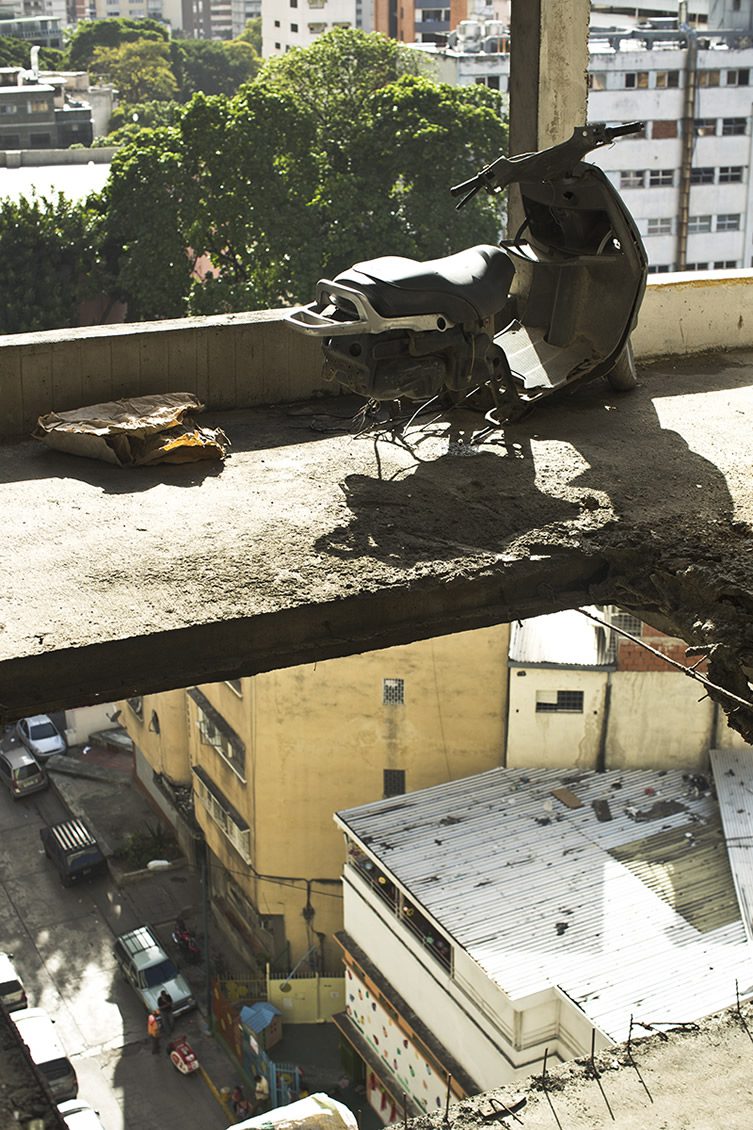
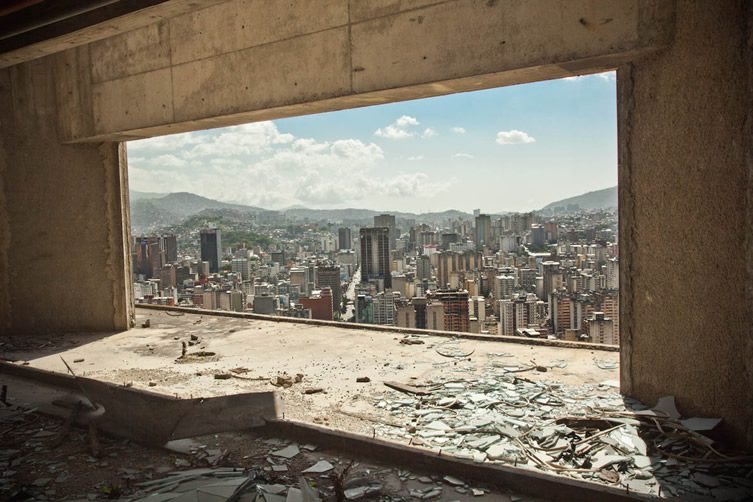
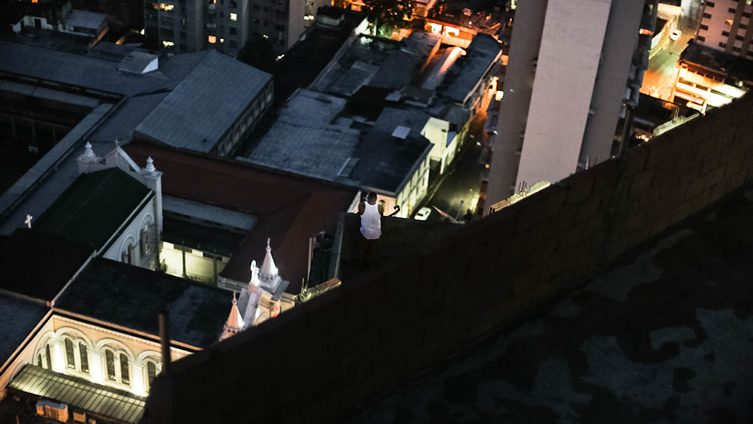
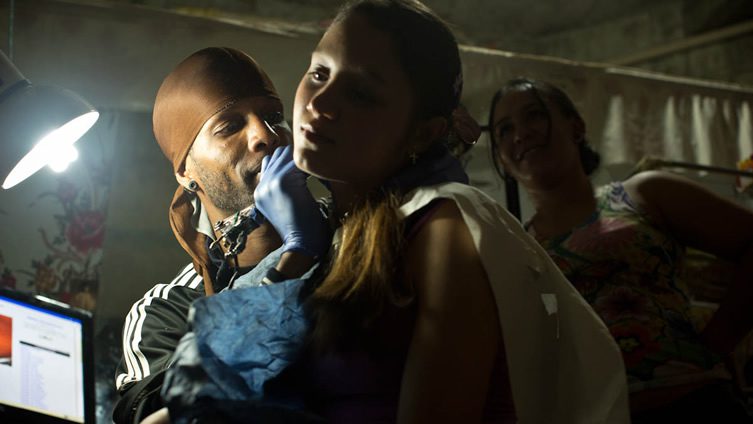
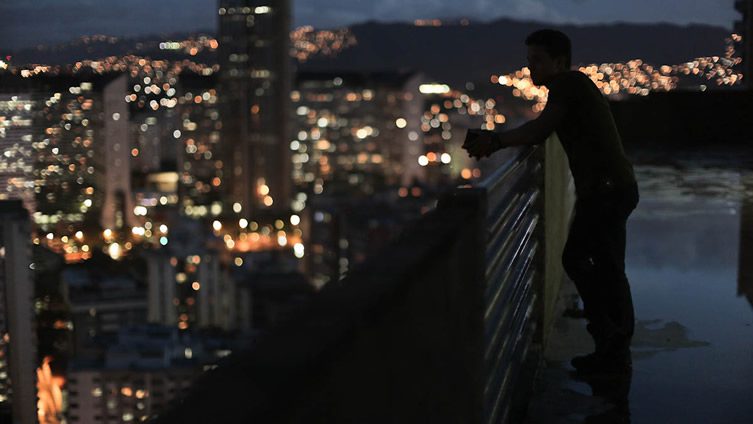
© Ramon Campos Iriarte








